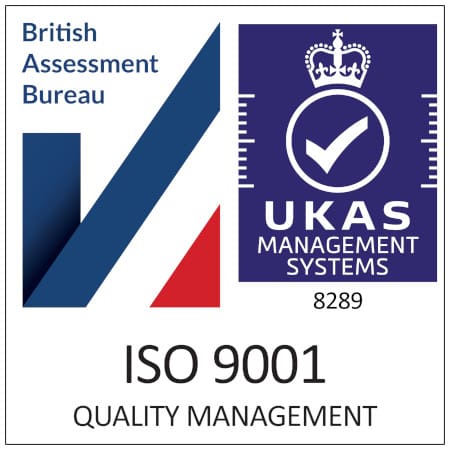How to select your diamond anvil?

At Almax easyLab we are passionate about diamonds
Our competencies lay in the selection, cutting and high precision polishing of natural and synthetic diamonds. Our expertise enables us to provide our scientific customers with the best quality of polished diamonds which high pressure diamond anvil cells and high pressure applications require.
Our state of the art manufacturing facilities based in Diksmuide (Belgium) combined with our established track record will guarantee you the best diamond anvils for your experiment.
When selecting diamond anvils, you will need to decide on the following parameters:
• Type of diamond anvils optically suitable for your experimental technique
• Diamond design
• Selection of fluorescence and birefringence
• Culet size and modification
The guide and tables below have been designed to guide and narrow your choice towards the best option. If you are still in any doubt, do not hesitate to contact our team.
Selecting the experimental technique
| Diamond type | Characteristics | |
|---|---|---|
| Raman Spectroscopy & Related Vibrational Techniques
IR Spectroscopy Fluorescence – Photoluminescence – X-ray Spectrometry Electrical – Magnetic – Mössbauer |
Type IIas – Raman ultra-low fluorescence & low birefringence | ~1 ppm of nitrogen – white |
| Fluorescence – Photoluminescence – Xray Spectrometry
Electrical – Magnetic – Mössbauer |
Type Ia | ~2×10³ ppm of nitrogen – white to light yellow |
| Raman Spectroscopy & Related Vibrational Techniques
IR Spectroscopy Fluorescence – Photoluminescence – X-ray Spectrometry Electrical – Magnetic – Mössbauer Pressures > 200 GPa |
Type IIam – Raman ultra-low fluorescence & low birefringence
Raman edge > 200 GPa |
~1 ppm of nitrogen – white |
| EXAFS | NPD | 50 – 100 ppm of nitrogen – yellow |
Selecting the correct design
| Design | Characteristics |
|---|---|
| Boehler-Almax design | Conical crown design offering superior mechanical stability. Smaller anvil reducing beam absorption. Tungsten carbide seat with large aperture for diffracted patterns and signal. Used in the following DACs: Plate DAC, Braggs (Plus), Bragg Mini and HeliosDAC Plus. |
| Diacell design | Force-fitted into anvil rings for mechanical stability, ease of replacement and cryogenic use. Design and dimensions optimised using FEA for most Diacell® DACs (μScopeDACs, LeverDACs, CryoDACs, OmniDACs, Braggs (Be seat), HeliosDAC). |
| Standard design | Thick girdle and large table to withstand the hightest pressures. All dimensions are exact and consistent. Optimum mechanical strength. |
| Modified Brilliant Cut | Low cost alternative. Variation from traditional round brilliant cut. |

Boehler-Almax design

Diacell design

Standard design

Modified Brilliant Cut

